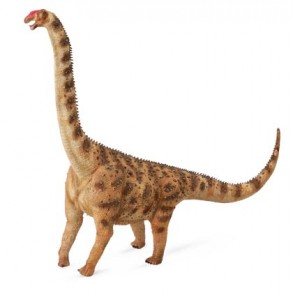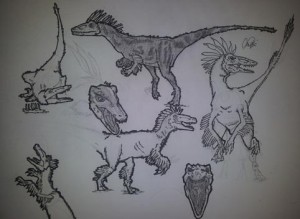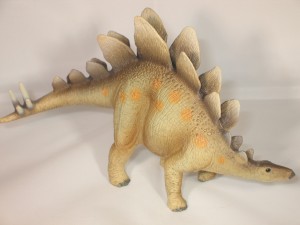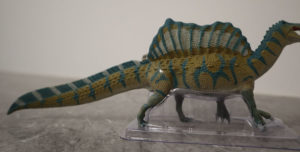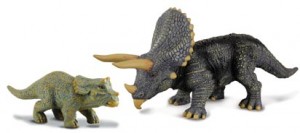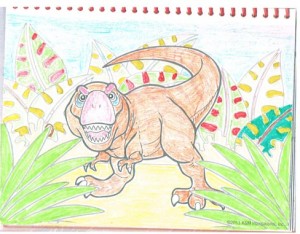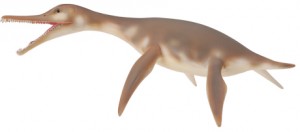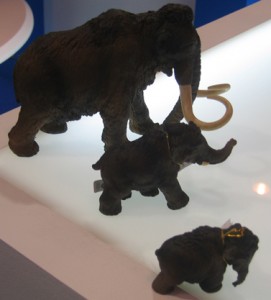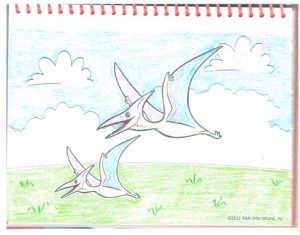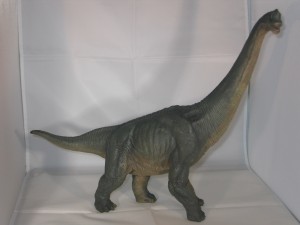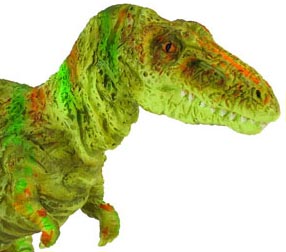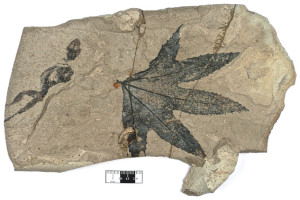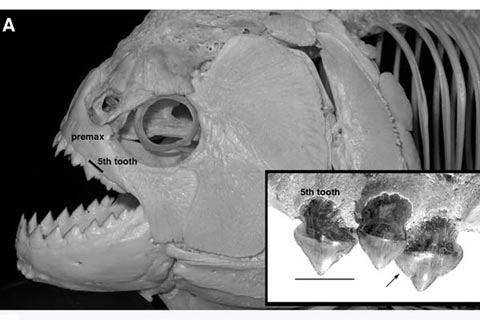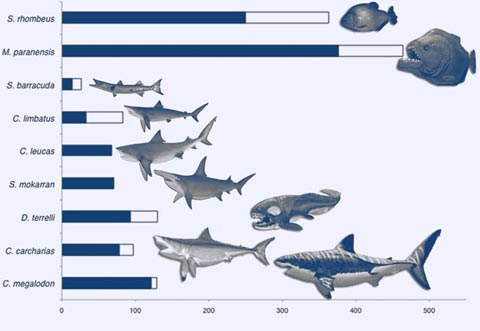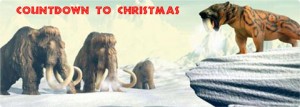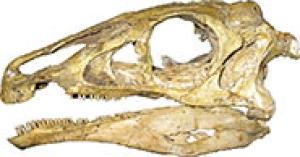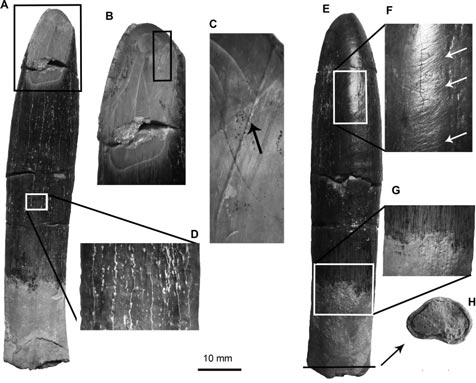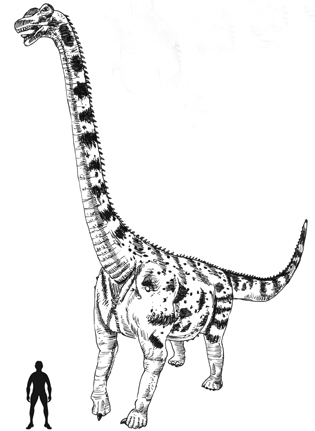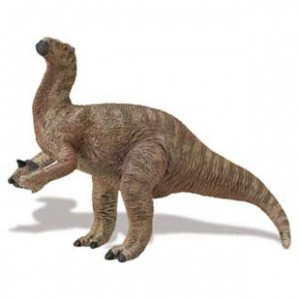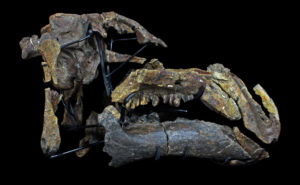Palaeontology Predictions in 2012 – How did we do?
Predictions for 2012 – A Review
Twelve months ago team members at Everything Dinosaur, bravely stuck their heads above the parapet and tried to predict some of the news stories and articles that would feature on the Everything Dinosaur blog over the coming year. At the beginning of each year since our web log began we have had a go at predicting news stories, just for a bit of fun. Last year we came up with eight predictions between us, so now it is time to see how we fared.
Prediction 1 – A New Tyrannosaurid to be Discovered in China
Amongst a number of dinosaur discoveries in China this year, back in April we reported on the scientific description of a new species of dinosaur that was to be called Yutyrannus huali. A number of individuals had been recovered from fossil bearing strata in the Liaoning Province of China. Described as a basal member of the tyrannosaur family Yutyrannus may may have reached lengths in excess of nine metres and weighed more than one tonne. The fossils showed evidence of feathers, making this Early Cretaceous member of the tyrannosaur family one of the largest feathered dinosaurs discovered to date.
To read more about the discovery of Yutyrannus: One Tonne Basal Tyrannosaurid Discovered in China.
Prediction 2 – Fossil Found in an Unusual Place
No Iguanodon fossils found in Sunderland this year, but a new species of horned dinosaur known as Xenoceratops was described from fossil material kept in a Canadian museum’s storeroom. A road construction crew got a big surprise when a local fossil hunter took a closer look at their spoil heap and found fossils that turned out to be a new genus of German ichthyosaur. A dinosaur fossilised footprint was found in the grounds of a NASA complex in Maryland (United States), a sort of dinosaur discovery meets the space race, which we reported on back in August.
One of the strangest discoveries made was that of a series of Late Miocene elephant tracks meandering their way across what is today the United Arab Emirates (UAE). Although the fossils tracks were known to nearby inhabitants, the discovery was new to western science and the footprints show elephant herding behaviour as well as tracks made by solitary animals.
To read about the Late Miocene trace fossils from the UAE: Ichnologists Study Ancient Elephant Footprints.
Prediction 3 – Dinosaurs and the Olympics
The summer of 2012 saw the Olympic Games and Paralympic Games come to London and Everything Dinosaur team members predicted that just about every school, museum and educational body in the United Kingdom would piggy-back on the games by sending out some press releases with an “Olympic” angle. The games were widely perceived to be a huge success, staff at Everything Dinosaur enjoyed reading some of the press releases from Natural History museums and other establishments as the enthusiasm for the Games got under way. We even contributed ourselves with a short piece about how dinosaurs would have fared in Olympic events. This light-hearted piece was put up on the Everything Dinosaur blog at the end of July:
To read this article: Dinosaurs at the Olympics.
Prediction 4 – A High Profile Trial and Conviction for Damage to a SSSI
There were a number of incidents reported of fossil thefts this year, acts of vandalism, damage to fossil sites and such like. However, team members at Everything Dinosaur are not aware of any prosecutions arising from damage to a Site of Special Scientific Interest (SSSI). In Canada, a number of dinosaur digs were looted including a hadrosaur specimen that had been intended to make a centrepiece for a regional natural history museum. Nearer to home, we reported on the theft of some rare and exceptionally well preserved dinosaur foot prints from the coastline of south Wales.
To read more about the theft of dinosaur footprints: Dinosaur Tracks Stolen from the Vale of Glamorgan.
No prosecutions directly rated to vandalism of a SSSI though, guess our team members were wide of the mark on this one.
Prediction 5 – Landslip at Lyme
This is one prediction that desperately hoped would not prove accurate, sadly there were a number of landslips on the Dorset coast this year. The prolonged heavy rain saturated already unstable cliffs and there were several large landslides in the summer. Team members at Everything Dinosaur, sent out several press releases urging visitors to the Jurassic coast to take extra care and to avoid straying too close to the dangerous cliffs. Sadly, a young woman was killed by a landslide that took place at Hive Beach (Bridport, Dorset coast), on July 24th.
Local officials had closed a number of cliff top walks and signs had been put up warning visitors of the dangers, but tragically there were a number of fatalities reported in the south-west of England as the terrible weather led to a number of rockslides and landslips.
It is difficult to perceive the dangers and it is only when one views swollen rivers and flooded areas that one can begin to understand the dangerous conditions. On July 9th Everything Dinosaur team members posted up a video showing the River Lym in spate running through the town centre of Lyme Regis along with pictures of recent rock falls.
To read this article: Flooded Rivers and Dangerous Cliffs.
Prediction 6 – The Discovery of a New Pterosaur Genus
We did not see any giant pterosaur discoveries in 2012 but there was plenty of pterosaur research and a number of new genera were named and described. Team members at Everything Dinosaur had hoped that 2012, the Chinese Year of the Dragon, was going to be remembered for the discovery of a new, giant azhdarchid pterosaur, however, there were some fascinating fossils finds. For example, a highly manoeuvrable, very agile pterosaur genus was named after some exciting fossil discoveries in the famous Solnhofen deposits of Germany.
This new species has been named Bellubrunnus rothaenger and an analysis of the bones that made up the creature’s wings indicate that it was a very capable flyer, twisting and turning in the air with all the grace of a stunt plane.
An Illustration of One of the New terosaurs to be Named and Described in 2012

A scale drawing of the tapejarid pterosaur Tupandactylus imperator. Numerous articles about pterosaurs were published in 2012.
Picture credit: Everything Dinosaur
Scientists from Texas Tech University did publish a fascinating paper detailing their research into how giant pterosaurs like Quetzalcoatlus and Hatzegopteryx flew, to read more about this: Flight Dynamics of Giant Pterosaurs Explained.
Prediction 7 – Advancing Techniques Yield New Data Concerning Dinosaur Skin
One of the most exciting aspects of palaeontology in recent years has been the application of new technologies to aid in the assessment and research into fossil material. As far as we know, there were no major publications reflecting the research into the organic remains of dinosaur skin over the last few months, but there is a lot of on-going research into this particular field of palaeontology. Dinosaur skin did hit the headlines in 2012 though, for instance the beautifully preserved fossil of a baby megalosaur from Germany provided scientists with the intriguing possibility that other theropod dinosaurs, not too closely related to birds, may also have been feathered.
Back on August 2nd, Everything Dinosaur reported that Japanese scientists had just published a scientific paper on the discovery of a skin impression. This impression had been left by an animal that once rested on a sandbank, it could have been made by a dinosaur. Dinosaur skin imprints are extremely rare. If this fossil is validated as belonging to a member of the Dinosauria, then this is only the second time that an impression of a dinosaur’s skin has been found in Japan.
Only a few days ago, (December 27th) we reported upon the work of a Manchester University-based research team as they employ the Stanford Synchrotron Radiation Light Source to reveal the chemical signatures of compounds not visible under normal lighting conditions. We can expect many more such high-tech applications to be used in the study of fossils in the future.
To read about the research of the Manchester University-based team: Searching for “Ghosts” in Fossils.
Prediction 8 – New Titanosaur Discovery in Gondwanaland
There were a number of exciting titanosaur dinosaur discoveries in 2011, but this year we were getting a little worried as there had not been that many papers published on new titanosaurs found in the Southern Hemisphere. This was one of the predictions we had made that we had been most confident about. One of the first titanosaur bones ever to be named and described was re-discovered in India, quite a remarkable story, to read more about this:
The Re-discovering of India’s First titanosaur: India’s First Titanosaur Fossil Re-discovered.
We thought the year would end without any more significant titanosaur research to talk about, but a giant tooth found in Argentina and reported in this web blog on gave us one last chance in 2012 to discuss gigantic titanosaurs: Giant Tooth Hints at Even Bigger Titanosaurs.
A Model of a Member of the Titanosauria Clade – Argentinosaurus
The image (above) shows an Argentinosaurus dinosaur model from the CollectA range.
To view the CollectA range of not-to-scale prehistoric animal models: CollectA Age of Dinosaurs Popular Range.
Not a bad effort all in all, considering that we specialise in studying the past not predicting the future. We are busy writing our predictions for 2013, it only remains to review what we have predicted for 2013 in twelve months time or so, to see how right (or how wrong) we were.
Happy New Year to all our readers and contributors.


